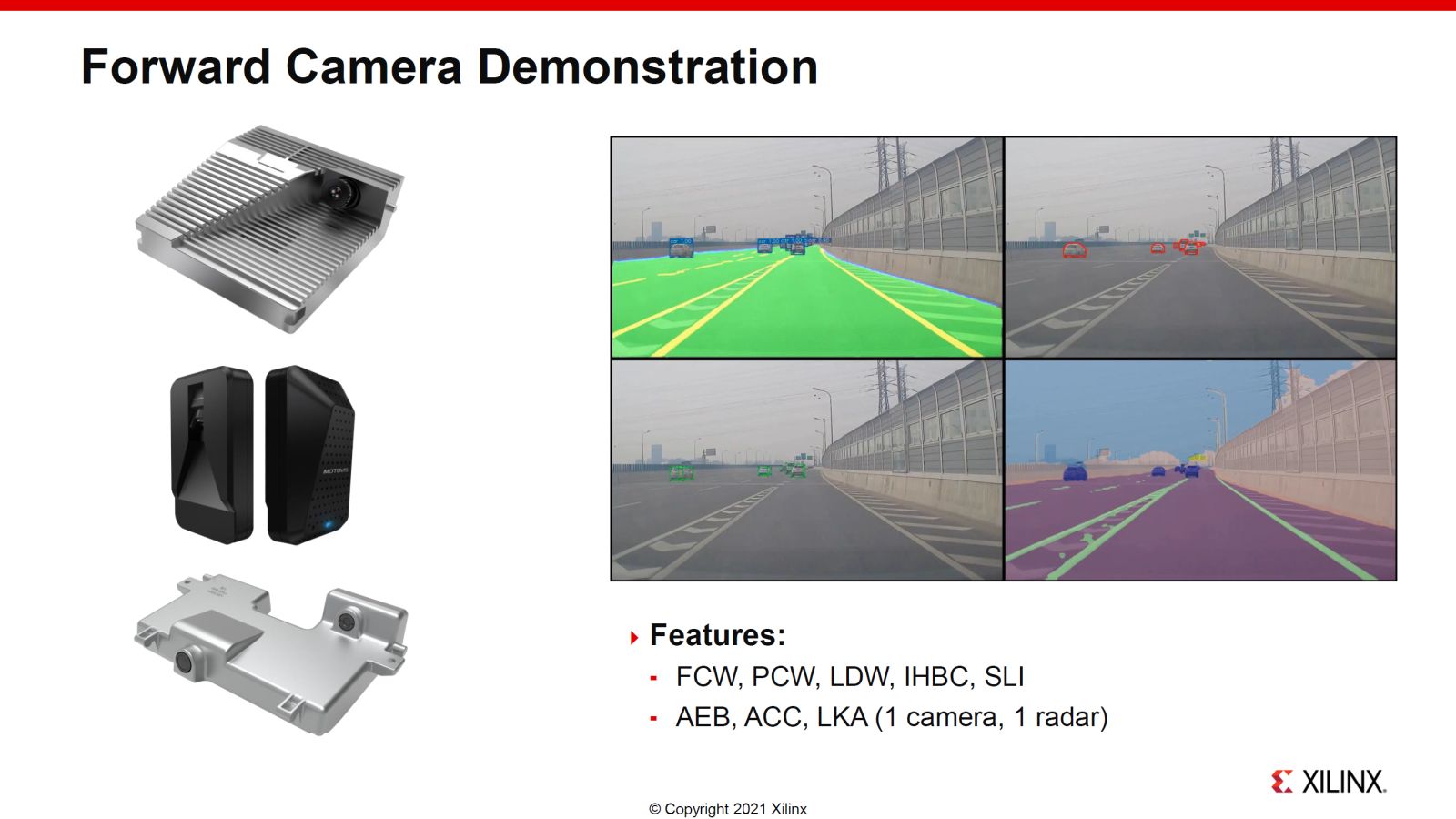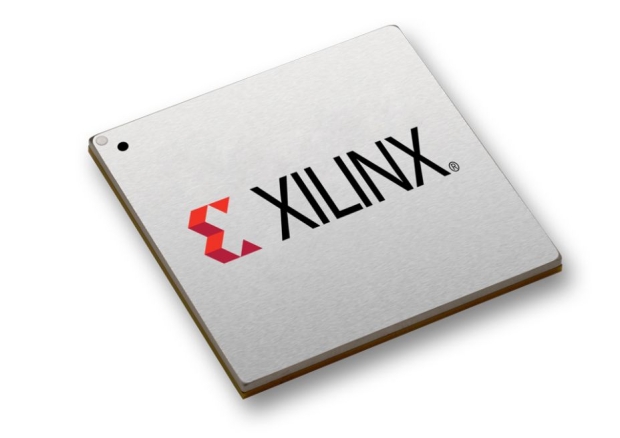The demonstration took place a few weeks back at CES 2022, but I wanted to address the importance of this moment. Cars shipping today or in the near future come equipped with 1-to-2-megapixel cameras.
In September of 2021, I spent some time explaining the importance of the forward-facing camera. I described that most cars shipping today use 1 megapixel or Xilinx ZYNQ MPSoC powers 2-megapixel camera and some of these cameras subsystems. The Zynq MPSoC is the part of the compute subsystem that helps make sense of pixels and uses AI and classification to detect and identify objects, cars, and obstacles on the road.
The one-megapixel camera (1 to 1.3 megapixel) supports up to 1280 x 1024 resolution. The 2-megapixel camera supports up to 1600x1200, and the 8,3-megapixel OMNIVISION OX08B4C offers 4-capture, 3840 x 2160 resolution at 36 fps and a 16:9 display aspect ratio. All of a sudden, the car can see in 4K.
Omnivision, a leading global developer of semiconductor solutions, including advanced digital imaging, analog, and touch & display technology, announced the industry’s first demonstration of an 8 megapixel (MP)-based forward-looking automotive camera system.
The solution uses the next generation OX08B40 CMOS image sensors and Xilinx MPSoC and Motovis IP power, the key part of the demonstration. The live proof-of-concept demonstration highlights the increased range and broader field of view enabled in the higher resolution 8MP system.
“We are pleased to showcase our latest Forward Camera Platform at CES 2022,” said Dr. Zhenghua ‘Jack’ Yu, CEO, Motovis. “Thanks to this collaboration, our customizable deep-learning networks have now been adapted to take advantage of the ‘state-of-the-art’ imager from OMNIVISION. This results in higher detection ranges as well as more precise perception at wider fields-of-view.”
The front-facing camera platform now enables Motovis’ forward-looking camera systems to leverage the higher resolution 8MP OMNIVISION OX08B40 imager. The OX08B40 image sensor features a 1/2.5-inch optical format, incorporates 2.1 µm PureCel®Plus-S pixel technology, delivers 140dB high dynamic range (HDR) and LED flicker mitigation (LFM), and has ASIL-C and cybersecurity functionality―which is ideal for next-generation automotive applications.
“The OX08B40 8MP image sensor deliver higher image quality up to 4K2K resolution, which greatly enhances an automotive environment for safety considerations, including lane recognition, vehicle and pedestrian detection, sign recognition, and blind spots,” said Andy Hanvey, director of automotive marketing at OMNIVISION. “We are proud of our collaboration with Xilinx and Motovis who have helped enable this next-generation forward-looking automotive technology.”
“Working closely with OMNIVISION and Motovis, our Xilinx UltraScale+ MPSoC is ideal for advanced forward looking camera applications as it combines a feature-rich 64-bit quad-core and dual-core ARM Cortex processing system with Xilinx programmable logic in a single device,” said Willard Tu, senior director of Automotive, Xilinx. “The speed with which Motovis was able to adapt its forward camera platform to take advantage of the increased resolution of the OX08B40 demonstrates the remarkable flexibility of our Xilinx MPSoC solution.”
OMNIVISION OX08B40 is launched in December 2019, is built on OMNIVISION’s next-generation PureCel®Plus-S stacked die technology, enabling high functionality in the smallest possible die size. The sensor utilizes this proprietary pixel technology to improve image quality by reducing or eliminating fixed pattern noise, as well as providing high full well capacity and delivers 140dB HDR along with LFM, making it part of an optimal solution for next generation automotive applications.
Xilinx Automotive (XA) Zynq UltraScale+ MPSoC
Already established in multiple ADAS applications, the Xilinx Automotive (XA) Zynq UltraScale+ MPSoC is an adaptable platform that delivers the performance and safety features needed to realize the most demanding forward camera requirements. The MPSoC family is qualified according to AEC-Q100 test specifications with full ISO26262 ASIL-C level certification. 
The Motovis Forward Camera perception IP is highly optimized for Xilinx MPSoC devices, creating dedicated hardware-accelerated processing pipelines for managing the video stream as well as AI-based perception algorithms. Motovis IP is portable across multiple Xilinx device families including Zynq 7000 and Zynq Ultrascale+ MPSoC to offer customers highly scalable and affordable solutions covering a variety of ADAS features and functions based on specific customer needs.
Keep in mind that Xilinx will soon be part of AMD pending China regulatory approval, making AMD a significant player in the automotive industry.




